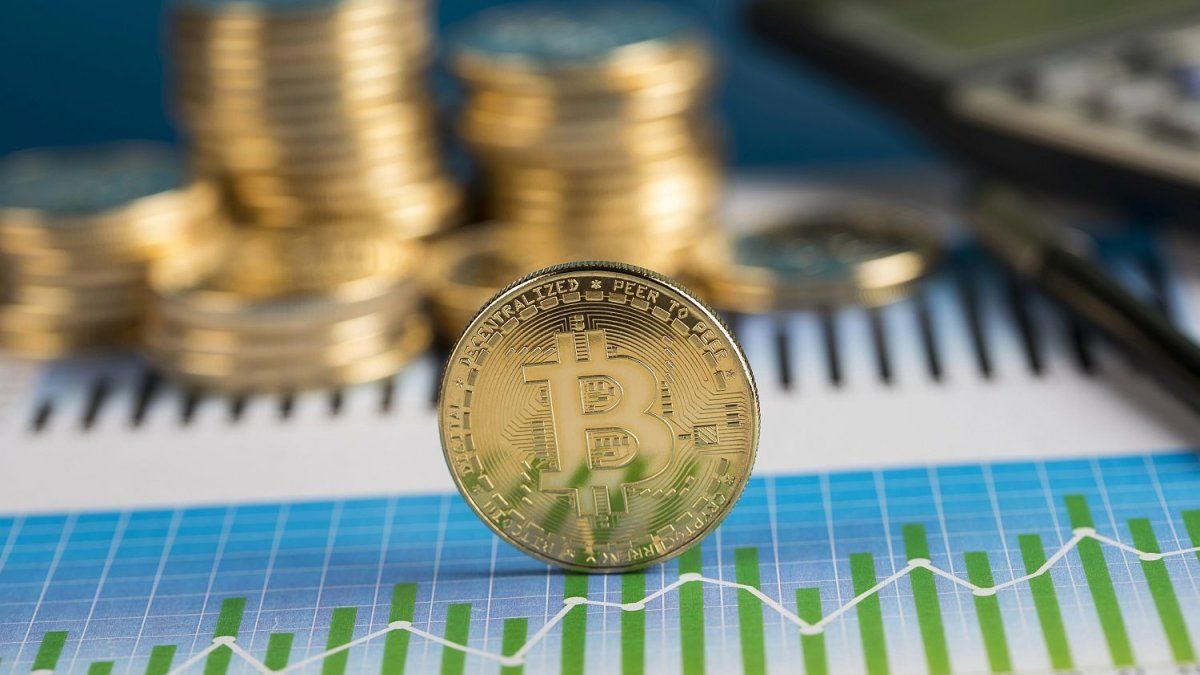In a context of high volatility and global uncertainty, cryptocurrencies reflect the nervousness of markets, trapped between the expectation of monetary relief and fear of a new geopolitical climb.
The crypto market maintains Its volatile tone against macroeconomic turbulence. In the last 24 hours, Bitcoin, according to Binance, (BTC) goes back around 1% and endangers the key level of US $ 82,000, while Ethereum (ETH) suffers a more pronounced correction, close to 4%, trying to support the $ 1,500 area.
The content you want to access is exclusive to subscribers.
Among the Altcoins, the panorama is mixed. Binance Coin (BNB), Cardano (ADA) and Avalanche (Avax) show slight advances, in contrast to discreet setbacks in Solana (Sol), XRP, Dogecoin (Doge) and Chainlink (Link). The most outstanding falls are recorded in Tron (TRX) and Toncoin (Ton), which lead the losses between the main cryptocurrencies.


These movements occur after a negative day on Wall Street, which was dyed red again after the strong rebound on Wednesday, when the so -called “7 magnificent” – led by Tesla – starred in increases of up to 20%. The correction also hit the Asian markets, with the Nikkei index falling by 3%, while in Europe an apparent calm predominates.
The background remains geopolitical uncertainty. President Donald Trump announced a 90 -day break in reciprocal tariffs to all countries, except China. However, the White House had to correct its own figures: the tariff on Chinese imports amounts to 145% and not 125% as initially communicated, after adding a 20% tax implemented at the beginning of the year in response to China’s alleged role in fentanyl traffic.
THE IMPACT OF THE COMMERCIAL WAR
The commercial war thus positions itself as the main focus of market concern. Some analysts warn that recent rebounds could be a simple “rebound of the dead cat” and recommend reducing risk exposure, especially in US variable income. Others suggest undo positions in the US and rotate to European markets or alternative assets such as gold … or even Bitcoin himself, whose correlation with the shares is increasingly observed by investors.
In this scenario loaded with tension, the hope of investors is that the truce period serves to advance agreements that relieve global tensions. But skepticism dominates, especially in the face of the growing fear of a possible recession in the US, with infection effects to the rest of the world.
In the macroeconomic plane, American inflation showed a moderation greater than expected in March, although analysts detract from it because it is considered an “old” fact against recent events. The consumer confidence fact published today by the University of Michigan will be observed with attention for its anticipatory value.
For its part, the Federal Reserve (FED) continues in observation mode. The minutes of their last meeting revealed a cautious approach to the possibility that inflationary pressures continue more than expected. The market already discounts several rates cuts this year, although the magnitude and moment remain uncertain. “The probability of a 50 basic points cut in June exceeds 10%,” says Ipek Ozkardeskaya, an analyst at Swissquote Bank, who emphasizes that stimuli expectations could reactivate the appetite for the risk if the economy weakens.
However, not all within the Fed share that optimism. Neel Kashkari, president of the Fed of Mineapolis, was reluctant to lower the rates for 2025, arguing that inflation still represents a risk and that the central bank should maintain a prolonged pause.
In short, the environment remains uncertain, both for traditional markets and for cryptocurrencies, which once again act as a risk aversion thermometer.
Source: Ambito
I am a 24-year-old writer and journalist who has been working in the news industry for the past two years. I write primarily about market news, so if you’re looking for insights into what’s going on in the stock market or economic indicators, you’ve come to the right place. I also dabble in writing articles on lifestyle trends and pop culture news.




